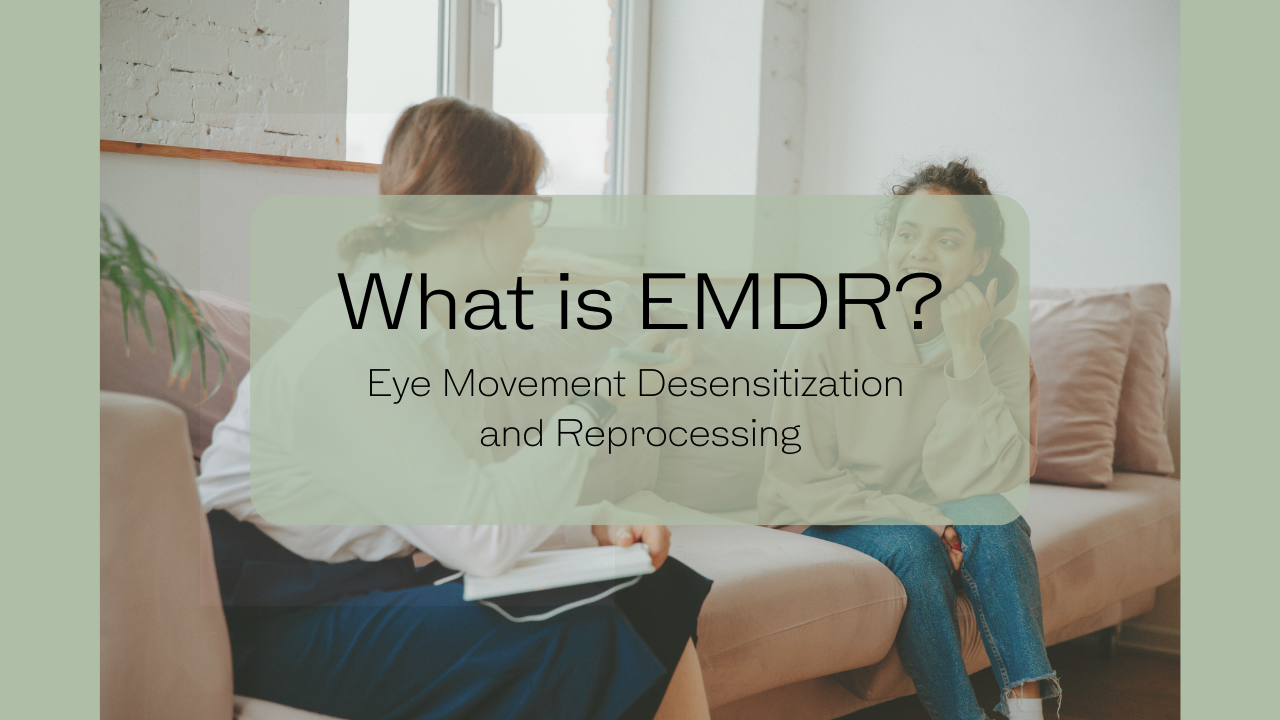What is EMDR? Eye Movement Desensitization and Reprocessing

What is EMDR?
In the late 1980s, psychologist Francine Shapiro went for a walk. While on this walk, she thought about that which troubled her, and as she walked, she began to move her eyes side to side in rapid succession. She then noticed that her troubling thoughts seemed to lessen. Curious about this sudden revelation, Dr. Shapiro tested this theory until she was able to create the therapy modality known today as EMDR, or Eye Movement Desensitization & Reprocessing.
How is EMDR utilized?
EMDR is a structured therapy process that allows a participant (or “client”) to unpack the distressing memories or thoughts they’re having in a much quicker fashion than in traditional talk therapy. Through what is known as bilateral stimulation, a client will begin to dissolve the negative beliefs they have about themselves and their distressing memories and replace them with positive affirmations they can believe to always be true. Bilateral stimulation can take many forms, with the most common being moving one’s eyes back and forth in both slow and quick speeds and potentially in different directions. Clients may follow a therapist’s hands, a side scrolling light bar, or a dot that bounces back and forth on a screen. If a client experiences dizziness or lives with eye problems, then alternative methods are used. This may look like listening to alternating tones in a headset, hugging oneself and tapping on either side of the body, or holding buzzers in either hand. Sessions are typically 60-90 minutes in length.
Who can benefit from EMDR?
Just about everyone! If a potential client finds themselves interested in EMDR, they can first expect to participate in formal testing that rules out the potential for dissociation and then complete assessments that ask for pivotal moments in their lives, both good and bad. From there, the therapist and the client can begin the process of EMDR, which starts first with implementing positive resources in one’s life before unpacking any distress. EMDR can help treat insomnia, eating disorders, general anxiety and depression, PTSD, grief, chronic illness, and much more!
How do I get started with EMDR?
Currently, 5 of our therapists are trained to provide EMDR. If you’re curious about whether or not the treatment is right for you, don’t hesitate to ask! We don’t recommend trying EMDR on your own or working with a therapist who isn’t trained. You’re guaranteed to get the best possible results when working with someone who has the skills to help you!
Schedule a free consult with one of our therapists today!
Together we are better,
Sydnie
[email protected]
